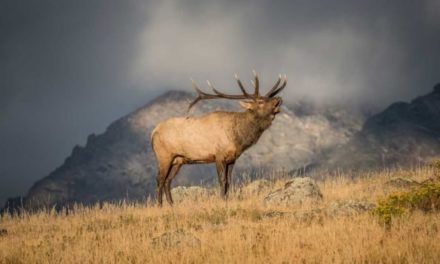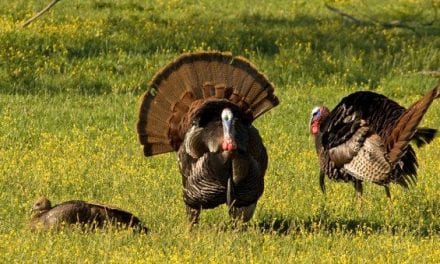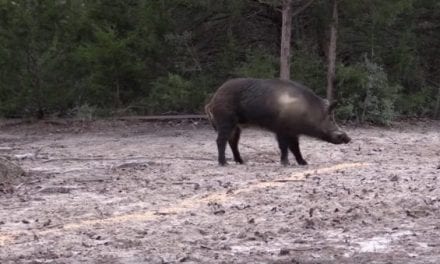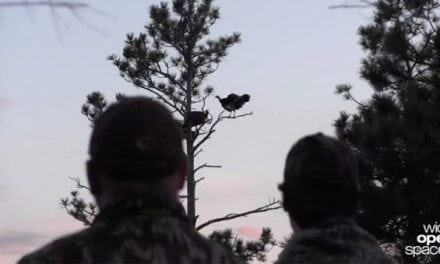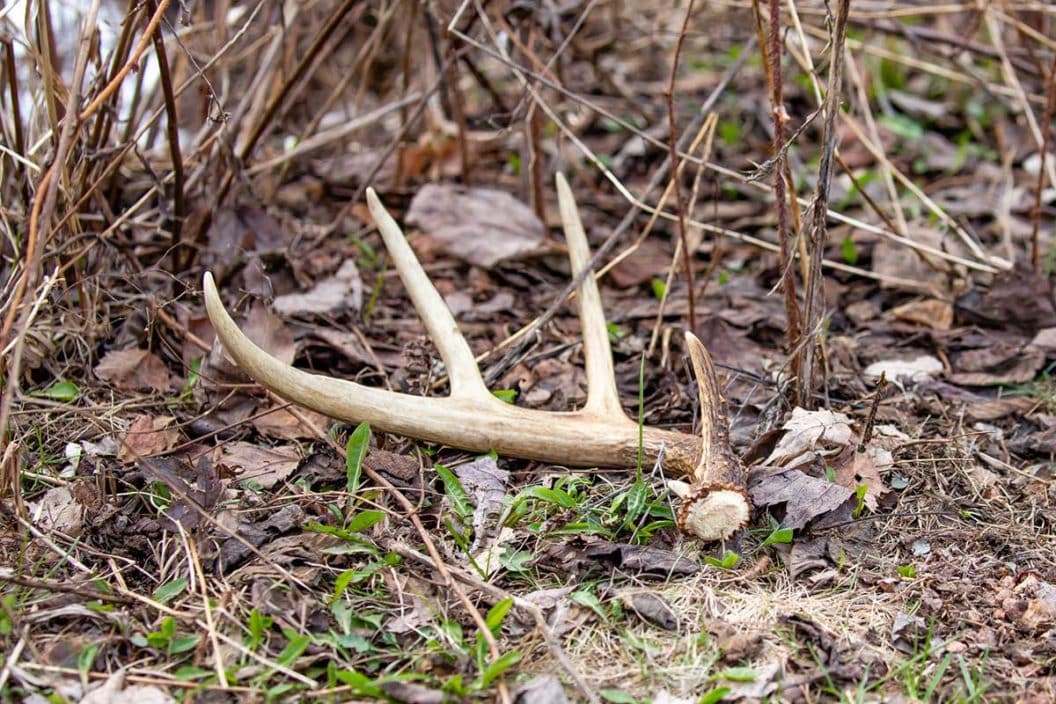
To be as efficient as possible while shed hunting, you can avoid some areas altogether.
Shed hunting is extremely fun, and it gives outdoorsmen a good excuse to be in the woods after the season is over.
Plus, it is actually a useful tool for scouting and keeping track of your local bucks over the years. It takes a lot of work to find a sizable amount of sheds, and one piece of shed hunting advice you will hear time and time again is that “Miles make piles.” In other words, you won’t find much if you’re standing still.
That is true, but you may be thinking there must be some way to be a little more efficient. No one wants to go wandering around the woods with no rhyme or reason, and that’s the right way to look at it.
But if you go looking for advice online and elsewhere, just about everyone will give you places that you should look for sheds. These are obvious locations like popular trails, creek banks, food sources, fence lines, and bedding areas. Those are all pretty productive places, but they cover a lot of area.
Knowing where to look is important, but it’s just as vital knowing where not to look. Shed antlers can be just about anywhere on a property, but there are a few areas where you have a lower probability of actually finding one. If you want to be as efficient as possible with a small amount of time or distance while shed hunting, here are five areas you can just about skip over.
1. Large Agriculture Fields
I hunted on some farmland in Kentucky for years. The fields there would alternate year after year with corn and soybeans. These fields are cut before the Kentucky gun season opens, but the stalks left behind do an incredible job of hiding the ground.
There was more than one time where we saw a deer bedded up in the middle of a cut field, but that was only after we stopped and glassed the fields for a better view. Without looking closely, a deer is nearly invisible in those fields.
It is even worse with shed antlers. If it was a soybean year, you could see the ground a little better, but there was still plenty of debris to look over. A lot of people, myself included, will say that you should bring your binoculars with you when shed hunting and glass the fields. It’s not like it is impossible to find sheds like this, but it sure isn’t easy.
I have spent hours glassing those fields during shed season, and I eventually found a few sheds. However, when I actually went into the woods, or just walked the field edges, I found way more sheds in the same amount of time.
So if you are trying to find as many sheds as possible in as little time as possible, I would skip glassing over large ag fields. If you still want to find more sheds after you have covered most of the property, save those fields for the end of your shed hunting time.
2. Swamp Lands
Where I hunt in Georgia is about half swamp, half woods. That is awesome for duck season, but it is horrible to shed hunt in. I know there are deer that go through the swamp because there is sign all over the place. However, that is the last place I would ever shed hunt.
Between the weeds, water, and muck, a shed could disappear from the ground in a matter of minutes. Plus, it is so tough to physically get around the swamp, you are not going to be covering much ground and certainly not doing it efficiently.
The perimeter of the swamp, on the other hand, is a great place to look for shed antlers. There’s an area on my property where the trails are worn down to dirt and a lot of deer are traveling through for water. It’s not in the thick stuff, but it’s close to it. If you do have swampland on your hunting property, I would look around the edges, but avoid actually going into the swamp for sheds.
3. Acorn Patches
Early in the season, acorn patches are the place to be. Once those white oaks start dropping acorns, every other food source becomes second rate. Finding the best-producing patch of white oaks is actually my go-to strategy for hunting early season before the rut comes. However, once those acorns are gone, so are the deer.
Just to be clear, this suggestion depends on where the acorn patch is. If it is in between other food sources and bedding areas, the general area is still going to see some traffic and may be worth a once over for sheds. But then you’re checking the spot because it’s on a promising pathway, not because of the acorns themselves.
Deer only care about acorn trees when they produce acorns, so don’t waste your time diligently searching every white oak on the property.
4. Extremely Thick Brush
At times in my life, I have taken one look at a portion of hunting land and said “Man, this is so thick, there must be deer everywhere!”
It’s true; deer love thick areas a lot of the time. They bed in them, eat the briars, and spend plenty of secluded time there. However, I’ve figured out the hard way that it’s not productive to look for sheds in areas like this. Even if I have a machete at my disposal, it’s still a waste of time and effort. Covering 10 feet in a minute is not the best way to find sheds.
Don’t get me wrong, I do not mind going through a little brush to get to a nice spot. Although when it is super thick and goes on for a while, it’s just not worth the time. You are better off skipping those areas and focusing on more open food sources and bedding.
5. Where You Don’t Normally See Deer
I believe that shed hunting is a great time to get out and see pieces of your property that you do not normally get to see. However, if your sole purpose is to find sheds and not scout, then you should avoid areas where you have not historically seen a lot of deer.
Of course, it is going to be impossible to know how every single deer on the property is moving, and there may be more deer moving through a certain area than you think. If you have hunted a property for a long time and know that a certain piece of it rarely sees a lot of deer, it’s foolish to expect to see a lot of sheds there.
When it’s all said and done, you shouldn’t let any of this advice turn you off from shed hunting. Maybe there is a new food source or trail that deer are using that wasn’t around in previous years. Heck, you could go ahead and ignore everything I’ve suggested. Who knows, you may get lucky and still find a shed or two.
If you do happen to find a shed, it could open up some new knowledge and present some new opportunities. Anything that informs you about how bucks are moving through your property can and should be put to good use.
NEXT: BOWHUNTER ARROWS INCREDIBLE 240-INCH WILD WHITETAIL OF A LIFETIME IN IOWA
The post 5 Types of Places You Can Pretty Much Skip Over When Shed Hunting appeared first on Wide Open Spaces.











